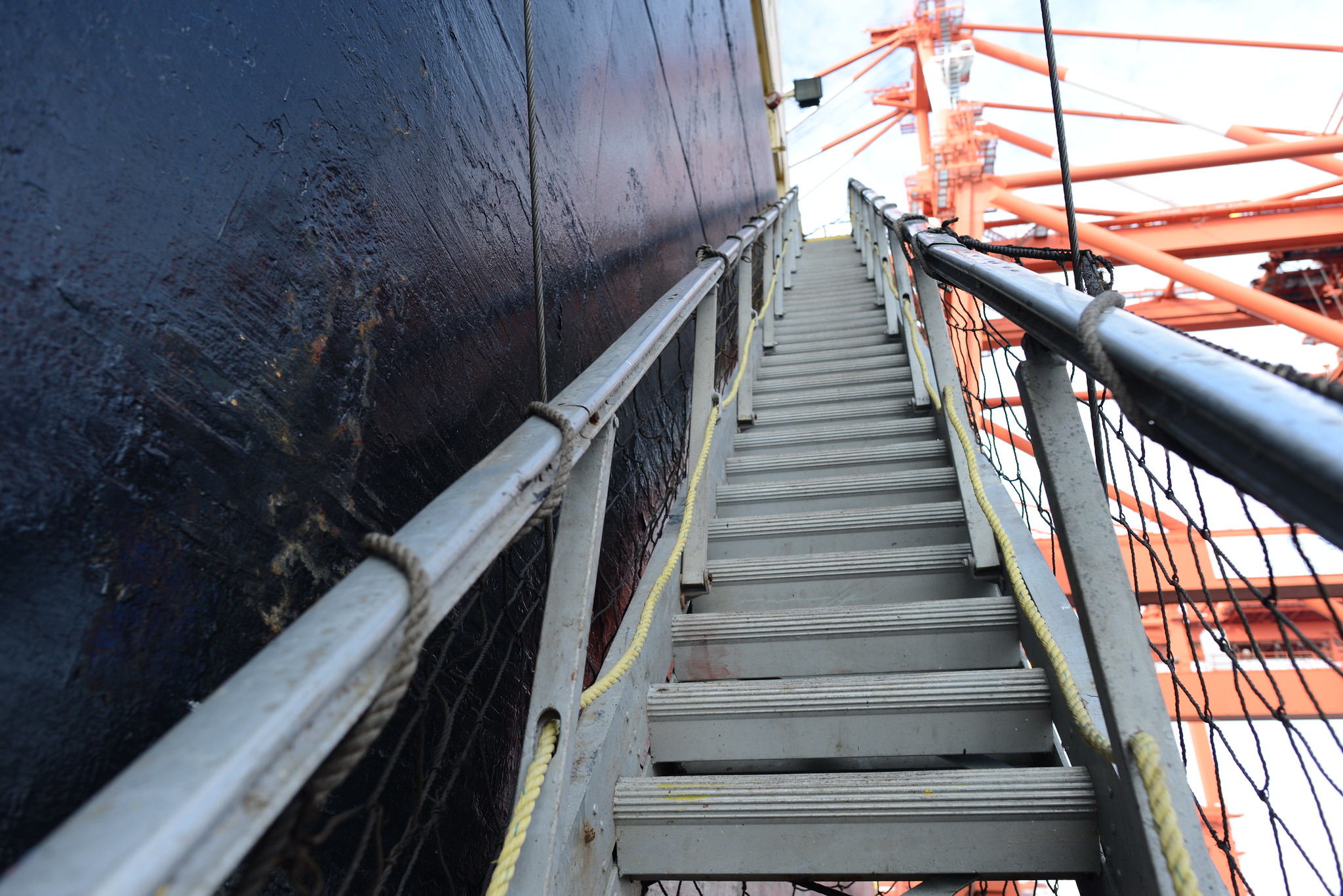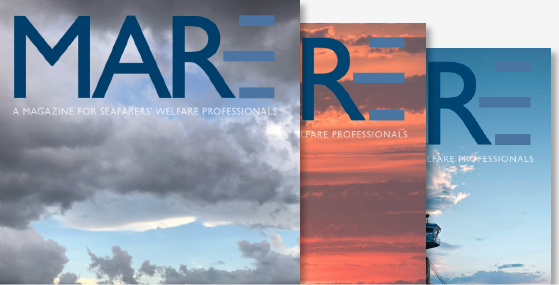(Image: East Quoddy Head Lighthouse, [Head Harbor Light since 1829.] Campobello Island, NB, Canada. Photo courtesy of Nicholas Nasobko).
Lighthouses are the friend of the mariner, and they have a long history of service to seafarers. There are some 21,200 of them around the world, according to the Lighthouse Directory. The earliest lighthouse structure dates back more than two thousand years to the Lighthouse of Alexandria, also known as the Pharos of Alexandria. The Pharos was built during the reign of Ptolemy II Philadelphus from 280-247 BC. The structure rose more than 100 meters and was considered to be one of the Seven Wonders of the Ancient World.
In the early days, the source of the light was from fire of burning wood or coal. In the 18th century, the Swiss scientist Aimé Argand invented the Argand lamp which revolutionized the early oil lamps by the introduction of a cylindrical wick which allowed air to flow around increasing the intensity of the light. The Argand lamp principally used whale oil as the fuel, and this was the standard means of illumination for more than one hundred years. By the late 19th century, the first electric lamps were in use, followed by gas lamps. The Swedish Dalén lamp invented by Gustaf Dalén became the lamp of choice at the beginning of the 20th century until the 1960s.
However, the continuous improvement in lamps was augmented by the physicists and engineers who turned their attention to the development of lenses that could magnify and focus the light produced by the lamps. In 1823, the French engineer Augustin-Jean Fresnel created what became known as the Fresnel lens. The first Fresnel lens was installed in the Cordouan lighthouse at the mouth of the Gironde estuary, the entry point for the port of Bordeaux on the French Atlantic coast. The light from the Cordouan lighthouse was visible for more than twenty miles. The Fresnel lens multiplied the power of the light by four times, and two hundred years later, the Fresnel lens remains in service at many lighthouses.
The ability to focus the light enabled the revolving lighthouse beam. This was a critical development because it allowed each lighthouse to project its own signature. To mariners positioned some distance away from the lighthouse the light would appear to flash at set intervals, this discreet code would enable mariners to identify correctly which lighthouse they were observing. As this technology became available, each lighthouse was assigned its unique sequence of flashes, and these were shown on nautical charts. Today, there are “Light List” books that carry the details of every lighthouse showing their unique light sequences and design. The US Coast Guard has seven volumes of Light Lists that cover all of the US mainland and territories. The British Admiralty has a complete set of Light List volumes covering the World.
Lighthouses provide guidance to mariners both by day and night, many might assume that lighthouses are principally in use for night-time navigation. However, by day, they are used as place markers to identify a coastline and for navigators to take bearings and establish their position. For this reason, lighthouses are all different in design, they are painted in different colors and patterns. The colors and patterns enable navigators to readily differentiate one lighthouse from another. Here we need to think back to the era before ships were fitted with satellite positioning systems. When a ship approached the coastline following a long voyage across the open ocean, there was uncertainty concerning the actual location of the ship. Celestial navigation was dependent on being able to take navigational sights with a sextant, this required clear weather to observe the sun and the stars. On cloudy and overcast days ships sometimes sailed for several days without the ability to fix their position. The effects of current and weather could place them at variance with what navigators called their “dead-reckoning” position or “DR,” DR is navigator code for the best estimate. Therefore, a navigator approaching the coast during daylight would consult the navigational chart and key landmarks such as lighthouses would be used to confirm the exact position. Binoculars enabled the markings of a lighthouse to be observed and compared to the Light List. On most coastlines, the lighthouses are spaced so that the next one can be seen before the present one disappears from view. This allows the navigator to use them to determine position by taking the compass bearings of both and marking the location of the ship on the chart. At night the flashes from a lighthouse would identify the unique signature of that light.
For many years, lighthouses were manned by lighthouse keepers, and the construction of lighthouses included living quarters for the lighthouse keeper and his family. The lighthouse keeper kept vigil over the lamp, lens, and machinery. Technology and automation led to the phasing out of almost all keepers. In the US the last manned lighthouse was in Boston in 1998. In the same year, the United Kingdom bid farewell to the last manned lighthouse at the North Foreland in Kent.
Canada has retained 51 manned lighthouses for operational reasons in New Brunswick, Newfoundland, and British Columbia.
Today, many lighthouses are popular tourist attractions and are manned by a new type of lighthouse keeper, usually volunteers who serve as tour guides and running the gift shop and museum.
As a former navigator, I had considered leaving the sea in the 1970s with a possible career as a lighthouse keeper. The task of being the keeper of the light resonated with me because I knew how important that was for the safety of seafarers. However, before I could apply automation arrived and the job of a lighthouse keeper vanished from view. During a business trip to Finland in 2003, our Finnish hosts arranged for us to stay in a lighthouse that had once seen double service as a lighthouse and pilot station. At each level in the high column of the lighthouse, there were bedrooms where pilots had slept while waiting for a ship to pilot. The pilots no longer needed the lighthouse hotel, and it had been converted for use by tourists. That night, I slept soundly in the Kylmapihlaja lighthouse dreaming of what might have been had my aspirations of becoming a lighthouse keeper been realized.
Lighthouses have become a symbol for the way forward, and we, therefore, find many references to faith and our spiritual journey. This is captured by the words from Psalm 119:105, “Your word is a lamp to my feet, and a light to my path.” (NRSV) Also, in John 8:12, we find the words: “I am the light of the world. Whoever follows me will never walk in darkness but will have the light of life.” (NRSV) As chaplains who serve seafarers, the symbolism of the lighthouse and the keeper of the light resonate with our work to deliver a compassionate and caring presence to the seafarers at each of our ports.
Author: Rev. David Reid, MA AFNI





